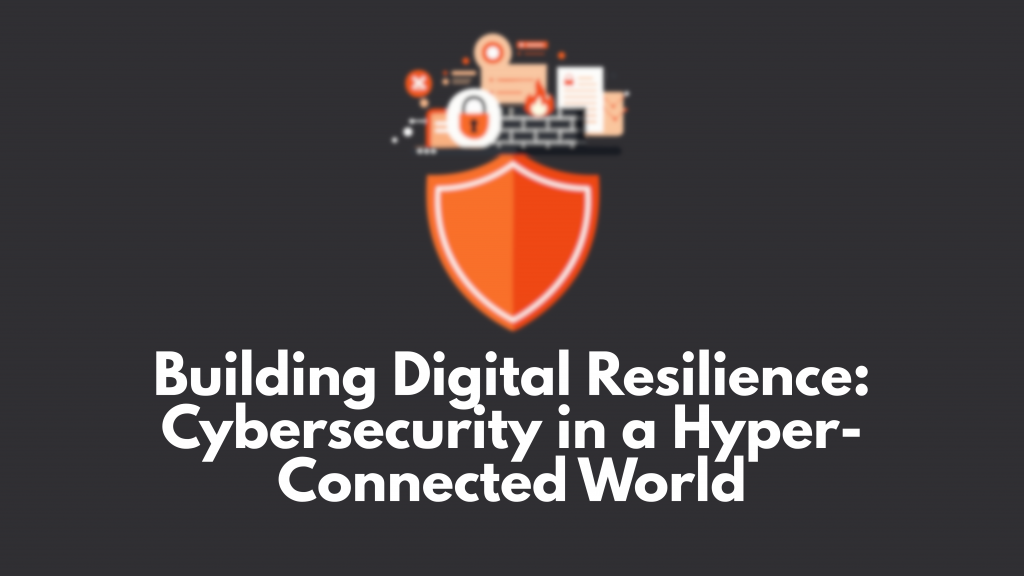Building Digital Resilience: Cybersecurity in a Hyper-Connected World
We live in a digital era where everything is connected: our work, finances, education, and even our personal memories. This brings convenience and speed, but it also brings greater risk.
Suddenly, security isn’t just a technical concept; it’s a life requirement.
Cybersecurity is no longer optional.
Digital resilience is the new survival skill.
What Is Digital Resilience?
Digital resilience means more than avoiding cyber attacks, it means being able to:
- Predict cyber risks
- Prevent attacks where possible
- Respond intelligently when threats occur
- Recover quickly with minimal damage
- Continue operations no matter what happens
It’s the combination of technology awareness, emotional readiness, and strategic behavior.
Why Digital Resilience Matters Today
Almost every aspect of modern life depends on technology:
- Businesses run online
- Payments and banking are digital
- Health records are electronic
- Schools run remote learning tools
- Communication happens across platforms
The more digital we become, the more cybercriminals adapt.
We are no longer protecting devices, we are protecting lifestyles, reputations, and futures.
Threats Have Evolved, So Must We
Today’s cyber threats are not just:
- Viruses
- Phishing emails
- Network intrusions
They now include:
- Deepfake scams
- AI-driven cyber attacks
- Identity theft attacks
- Psychological manipulation
- Cloud and SaaS breaches
- Ransomware aimed at individuals and small businesses
- Attacks on personal brands and digital reputation
The battlefield is no longer just networks, it’s the human mind.
Digital Resilience Begins With Everyday Behavior
Security tools matter, but habits matter more.
Simple daily habits build lifelong protection:
- Use strong, unique passwords
- Enable multi-factor authentication
- Update software regularly
- Question suspicious requests
- Verify before you click
- Backup your data
- Limit personal information shared online
These behaviors turn knowledge into digital armor.
Organizations Must Shift from Defense to Preparedness
Modern cybersecurity strategy must include:
Employee cyber education
Incident response planning
Cloud and identity security
Regular backup and recovery testing
Leadership involvement in security culture
Not if a breach happens, but when.
Preparedness is the new protection.
The Human Spirit Behind Cybersecurity
Cybersecurity is often seen as technical, but at its core, it’s deeply human.
It’s about:
- Protecting dreams and businesses
- Safeguarding personal identity
- Maintaining trust in a digital society
- Preserving access, dignity, and opportunity
When systems fail, resilience carries us forward.
Technology defends, but people recover, adapt, and continue.
Resilience Is Our Competitive Edge
The digital world will keep evolving, and so will threats.
The organizations and individuals that thrive will be the ones who build resilience as deeply as they build technology.
Cybersecurity protects systems.
Digital resilience protects futures.
In a world driven by connectivity, resilience isn’t strength; it’s survival. We live in a digital era where everything is connected, our work, finances, education, and even our personal memories. This brings convenience and speed, but it also brings greater risk.
Suddenly, security isn’t just a technical concept, it’s a life requirement.
Cybersecurity is no longer optional.
Digital resilience is the new survival skill.



